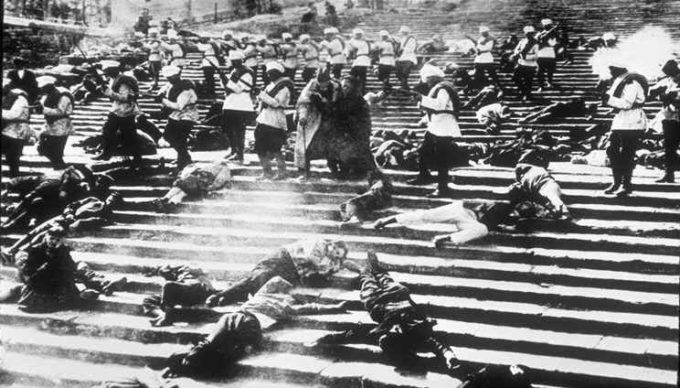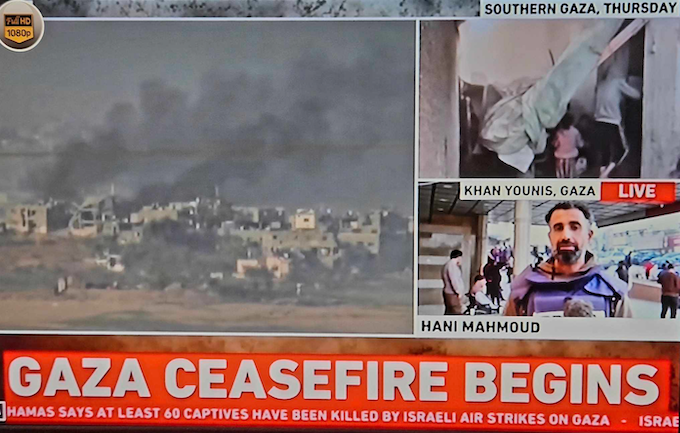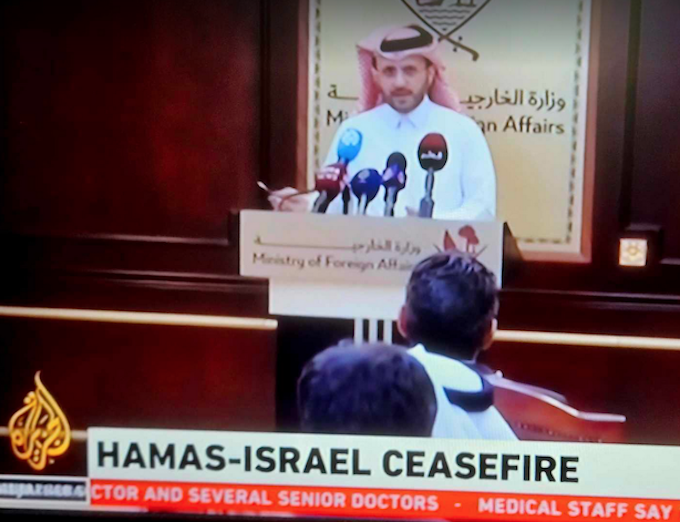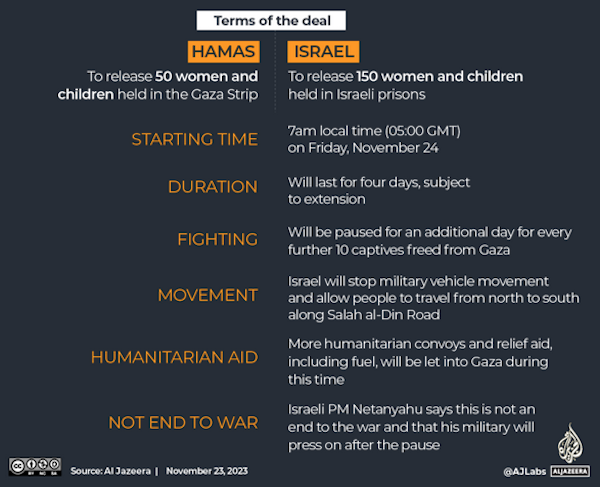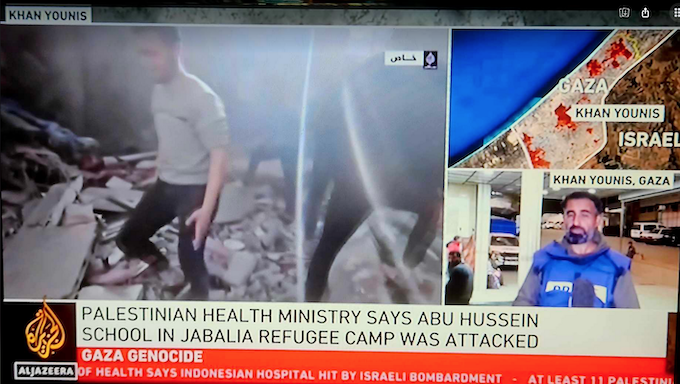Does Modern Science Already Allow Us to Manage the Weather?

Photo by Dave Hoefler
As winter settles over New Delhi, cold air sinks, trapping pollution in the city. Smoke from seasonal fires stemming from farming practices in India’s north further reduces the city’s air quality, which typically ranks the worst in the world. New Delhi’s government has sought prior solutions to easing pollution, including traffic restrictions and air-filtration towers. But in 2023, it has turned to the controversial practice of cloudseeding to try and increase rainfall and improve air quality for the first time.
While the effectiveness of cloudseeding remains a debate, that hasn’t deterred more than 50 countries from investing millions annually in weather modification initiatives. Mexico recently stepped up its cloudseeding efforts to combat drought, having begun its first program in 2020, while Indonesia has used cloudseeding to try and fill up dams and prevent flammable vegetation from drying in anticipation of this year’s fire season.
The roots of weather manipulation trace back to 1946, when U.S. scientists Vincent J. Schaefer and Irving Langmuir dispersed dry ice particles into a cloud, which caused ice crystals and visible snowfall. Since then, the U.S. government has deployed cloudseeding programs, primarily in Western states like Montana, Wyoming, and Nevada, to try to increase rain and snowfall.
This technology also caught the eye of the private sphere. Vail Ski Resort in Colorado has used Western Weather Consultants to deploy generators on mountaintops to induce snowfall since 1975, with dozens more operating in the region. Since 1997, the West Texas Weather Modification Association has worked to increase rainfall over southwestern Texas. The UK’s Oliver’s Travels meanwhile offers cloudseeding services to ensure clear weather for weddings in France.
The principal use of this technology has been to enhance precipitation, but other uses have been explored. From 1962 to 1983, a U.S. government initiative called Project Stormfury tried to weaken tropical cyclones with no real success, while attempts through other programs to limit the effects of storm-to-ground lightning also proved inadequate. However, Project Cold Wand saw more successful experimentation with fog dissipation techniques in the early 1970s, while U.S. airlines have also used fog dissipation technology for decades.
The Kremlin has also long experimented with this technology. Following the 1986 Chernobyl nuclear disaster, the Soviet Union used cloudseeding to increase rain in the region to wash radioactive particles from the air and prevent them from reaching Moscow. Today, Russia employs this technology to clear skies for its annual Victory Day Parade in Moscow, while hail suppression technology has also been used by Russia to protect crops and property.
Other governments have also dedicated significant resources to cloudseeding for decades. Since 1951, France’s Association to Suppress Atmospheric Plagues has grown to an extensive nationwide program, while Thailand’s Royal Rainmaking Project has been active since 1969. In recent years, cloudseeding has grown increasingly popular in the water-stricken Middle East and parts of Africa. Morocco, Ethiopia, Iran, and Saudi Arabia all have national programs, while several more countries are considering it.
However, China has established itself as a leader in weather modification over the last two decades. China’s “weather army” employs almost 50,000 people, thousands of rocket launchers and cannons, and dozens of planes, largely through the China Meteorological Association Weather Modification Center. In 2006, cloudseeding was used to clean sand off Beijing after a severe sandstorm. Two years later, cloudseeding was used to reduce pollution and pave the way for sunny weather before the 2008 Summer Olympics, practices that were repeated for the 2022 Winter Olympics in Beijing.
China’s cloudseeding is not just limited to its capital city, with most Chinese cities employing their own programs. Additionally, the Yangtze River basin, currently in severe drought, saw 241 flights and 15,000 rocket launches between June and November 2022, alleged to have resulted in “8.56 billion metric tons of additional rainfall” according to Chinese government sources.
Most supporters estimate that successful cloudseeding can result in a 10 to 30 percent increase in precipitation, but doubts persist over these figures. It also remains difficult to document increases in rainfall and accurately decide where precipitation will fall. In light of these limitations (as well as the questionable economic viability of weather modification), Israel halted its 50-year cloudseeding program in 2021.
Since the inception of cloudseeding technology, however, there has been concern over its potential for weaponization. In 1957, the president’s advisory committee on weather control warned that weather manipulation could develop more destructive weapons than nuclear bombs.
During the Vietnam War, the U.S. government’s cloudseeding Project Popeye spent millions of dollarsbetween 1967 and 1972 to extend Vietnam’s monsoon season in an attempt to flood the Ho Chi Minh Trail and disrupt the North Vietnamese Army’s supply lines. The Soviet Union is also suspected of using cloudseeding to increase rainfall in Afghanistan during the Soviet-Afghan War to similarly turn areas into mud and disrupt the movements of the Mujahideen.
But public concern over the weaponization of weather prompted the signing of the National Weather Modification Policy Act of 1976, and the U.S., along with other countries, signed the Convention on the Prohibition of Military or Any Other Hostile Use of Environmental Modification Technique (CONMED) in 1977 that requires signatories refrain from militarizing weather modification.
Nonetheless, concern remains over how current technology and practices could ignite conflicts. Iranian officials accused Israel and the UAE of “working to make Iranian clouds not rain” in 2018, while China’s expansive plans for its cloudseeding operations have also brought concern from India.
Alternate methods of weather manipulation are also underway. In 1996, a U.S. Air Force report titled “Weather as a force multiplier: Owning the Weather in 2025” discussed how the advancement of surveillance technologies could see clouds made of smart particles deployed to generate “intelligent fog.” There have also been projects designed to trigger lightning within clouds, which could complicate operations for the United States’ heralded F-35 plane, which cannot fly within 25 miles of a thunderstorm.
Outside militarization initiatives, new weather modification projects are also on the horizon. Proposals to add nutrients to the ocean to encourage phytoplankton growth and increase carbon absorption, or ocean fertilization, are increasingly discussed. Sea and cloud brightening projects to reflect sunlight and reduce global warming are also becoming mainstream ideas, despite ongoing uncertainty about their destructive potential or ineffective results.
As weather modification technology continues to develop, we should be wary of further privatization and militarization. Cloudseeding privatization, for instance, has become increasingly globalized. Based in Fargo, North Dakota, Weather Modification, Inc. provides cloudseeding services to India. Switzerland’s Meteo Systems has been active in the UAE for over a decade.
With dozens of countries and companies now offering cloudseeding services, policymakers should design and enforce new regulations for weather modification. While agreements and institutions like CONMED and the World Meteorological Organization Expert Team on Weather Modification play important roles, the stage is now crowded with various actors vying for a larger role in applying the technology.
Global coordination should be seen as a necessary undertaking to avoid the potentially catastrophic effects of manipulating the weather. Before governments and companies embark on large-scale efforts to alter the weather, additional regulation in anticipation of future technologies can serve as a protective measure to avoid environmental crises and mitigate the rise of conspiracy theories.
This article was produced by Globetrotter.


